- Author: Niamh M Quinn
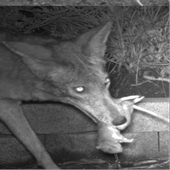
Where is rodenticide exposure in wildlife coming from? Is it from use by residents or farmers? Applications by marijuana growers? Or from applications by qualified and trained structural pest control professionals? These questions are being asked by state legislators and regulators, special interest groups, and state pest associations across the country.
However, even though we don't fully know where all the exposure is coming from, action is already being taken to restrict the use of rodenticides in urban areas. In 2020, California legislators placed a moratorium on almost all uses of second-generation anticoagulant rodenticide. And local jurisdictions have also added restrictions to rodenticide use. For example, in...
- Author: Karey Windbiel-Rojas
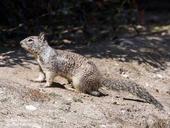
If you are battling with ground squirrels or tree squirrels around your home or property, join us on Thursday, May 19 at noon for UC IPM's one-hour seminar on Squirrels! Dr. Niamh Quinn, UC ANR's Human-Wildlife Interaction Advisor in Orange, Los Angeles, and San Diego counties, will share her insights on squirrel identification, biology, and management. There is still time to register and as always, our monthly webinars are free and open to the public!
https://ucanr.edu/sites/ucipm-community-webinars/
- Author: Carolyn Whitesell
- Author: Niamh Quinn
- Posted by: Elaine Lander
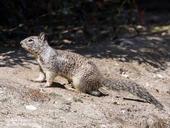
- Author: Belinda J. Messenger-Sikes
- Author: Niamh Quinn
- Posted by: Elaine Lander
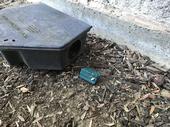
In September 2020, Governor Gavin Newsom signed into law Assembly Bill 1788, which prohibits almost all uses of second-generation anticoagulant rodenticides (SGARs) statewide. Rodenticide products containing brodifacoum, bromadiolone, difenacoum, or difethialone have been restricted materials in California since 2014. They are only available for use by licensed pest control applicators.
The new restrictions are intended to reduce potential poisoning of nontarget wildlife. According to the text of the bill, scientific research and state studies have found rodenticides in over 75 percent of animals tested. From 2014 through 2018, the Department of Fish and Wildlife found SGARs...
- Author: Jeannette E. Warnert
- Posted by: Elaine Lander
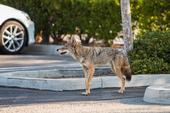
Coyote sightings are on the rise in San Francisco, even taking naps in patches of green spaces in the city, reported Uma Chrobak in Popular Science. However, it is unlikely they indicate a change in wildlife behavior, said UC Cooperative Extension human-wildlife interactions advisor Niamh Quinn.
Officials believe the increased sightings may have more to do with a change in human behavior. Many people are at home and bored, so they may staring out the window and going on more walks in their neighborhoods.


